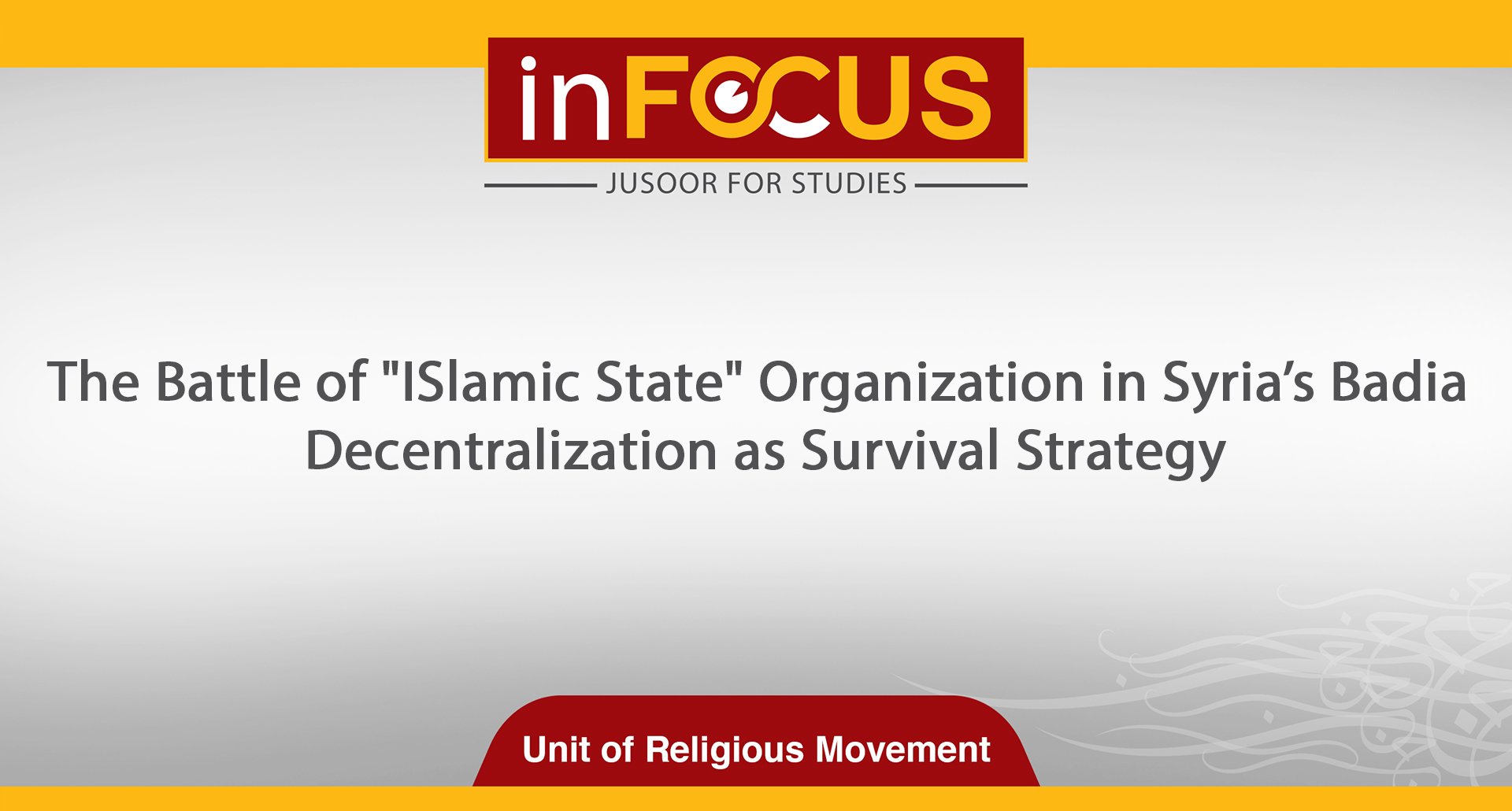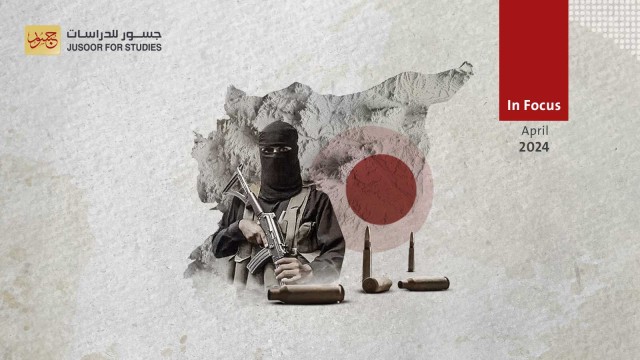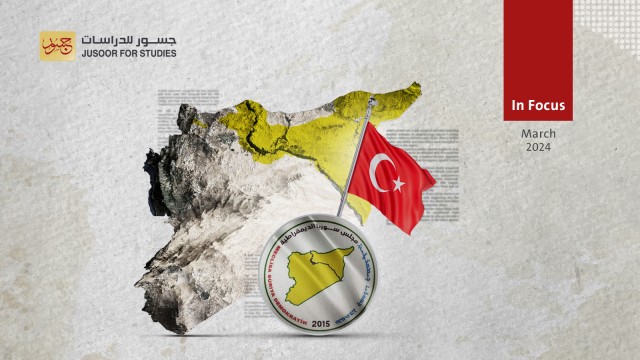The Battle of "ISlamic State" Organization in Syria’s Badia: Decentralization as Survival Strategy
In Focus | The Battle of "ISlamic State" Organization in Syria’s Badia: Decentralization as Survival Strategy
Despite the "Islamic State" organization was declared “defeated” as it was kicked out of the village of al-Baghouz, which used to represent the group's last stronghold in the al-Bukamal region in February 2019, it seems that ISIS has managed to regroup again and become active in 2020, and has since intensified its attacks in the Syrian Badia region.
In recent days, the organization has stepped up military operations and escalated its attacks, as on February 20, 2021, it launched attacks that killed 8 Iranian militia members in the desert areas of Deir Ezzor and Aleppo governates.
The group also launched attacks in the vicinity of the Ark oil field in the eastern Homs desert, and on a guard post for the Islamic Revolutionary Guard Corps (IRGC)-linked "Village Guard" militia, on the shore of the Euphrates River, killing 4 operatives and wounding others.
It appears from the momentum of the organization's remarkable activity that it has managed to build a stable logistical support base and secure all its supplies of weapons and food needed to move in the Badia, and it is believed that it is based on a network of relationships with smugglers, Bedouins and local dealers, in addition to imposing royalties on companies that cross the Badia roads. Such as the Al-Qatirji Company, in addition to the spoils, gaining from raids on military and civilian groups, in addition to its ability to recruit and attract new elements to its ranks, taking advantage of the discontent among local communities over the Iranian and the Syrian Democratic Forces (SDF) presence in the region.
It seems that the organization’s strategy at this stage is not aimed at controlling populated cities and population centers, due to the state of weakness that it suffers, meaning that the organization has overlooked the idea of the “caliphate” that requires to centrally control over territories, establish courts and reinforce the fighting front lines. Instead, the group turned to operate in accordance with the strategy of “spite jihad”, which is based on sneak and blitz attacks, ambushes, rabid seizures, and instant withdrawals through groups that can move in a decentralized manner, where they assess the situation without waiting for the orders of the central command."
ISIS unlikely has at this stage specific priorities in its military moves and the goals it chooses except for the priority of being able to reach the goal and achieve some kind of self-financing through its operations, as it strikes in all directions, targeting the regime's military convoys, members of SDF and Iranian militias, especially as the Badia by its vastness, provides the ability to reach large fringes of metropolitan areas in Deir Ezzor, Raqqa, Aleppo, Homs and Hama, and secures safe retreat bases in the mountains and caves in the region.
It is likely that ISIS will continue to escalate its attacks in the next stage, helped by the difficult geographical nature of the region, which has limited the success of the military operation launched by the regime, Russia and Iran in the Badia region since the end of last August.
Unit of Religious Movements - Jusoor for Studies








